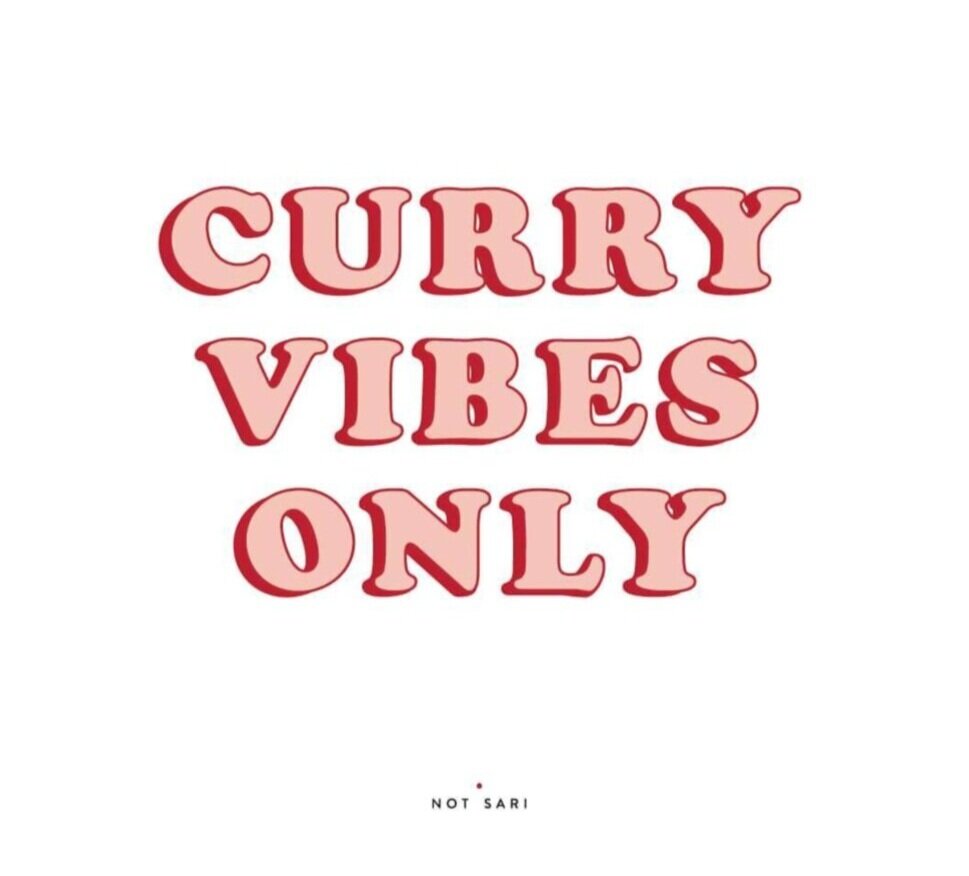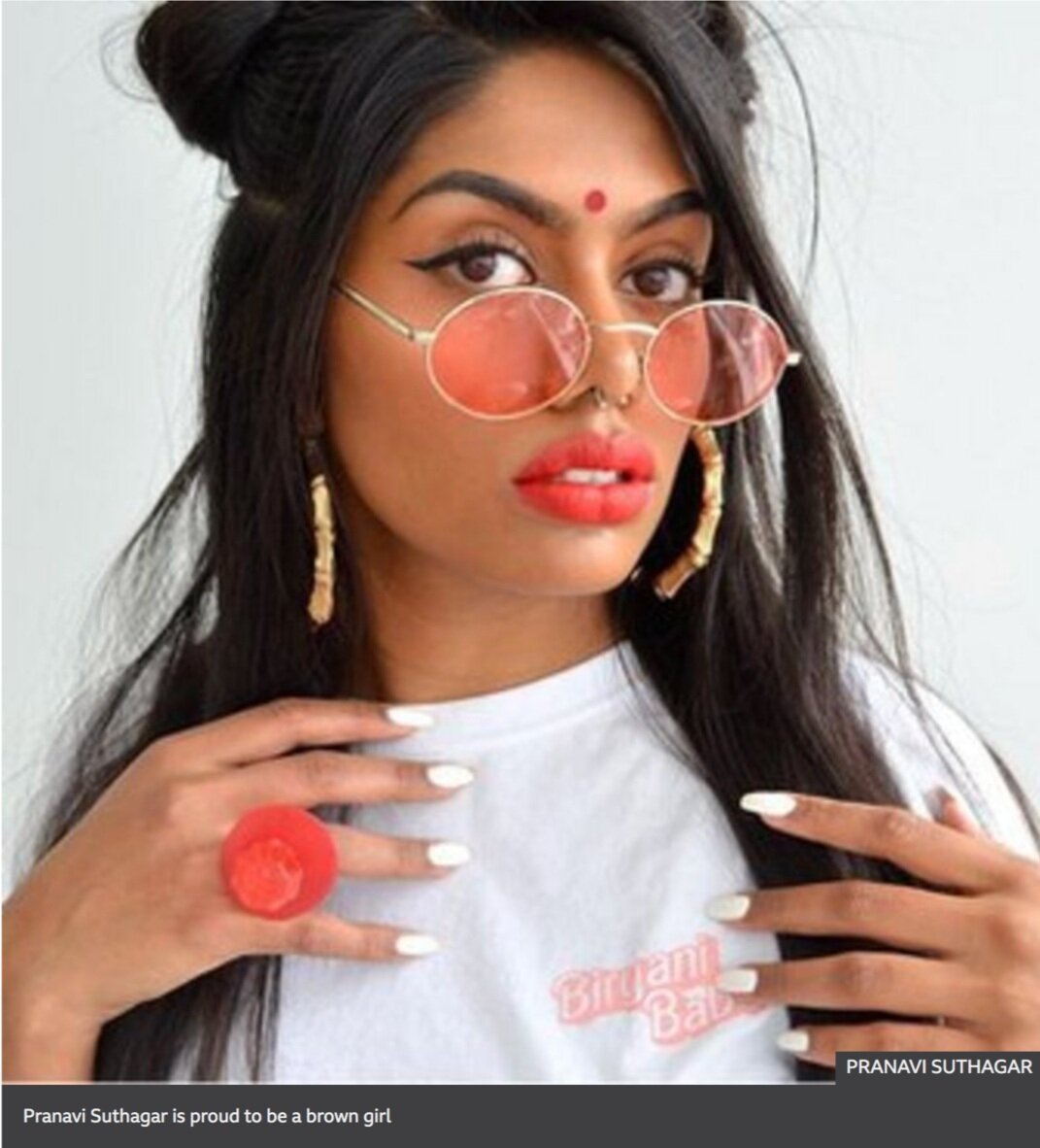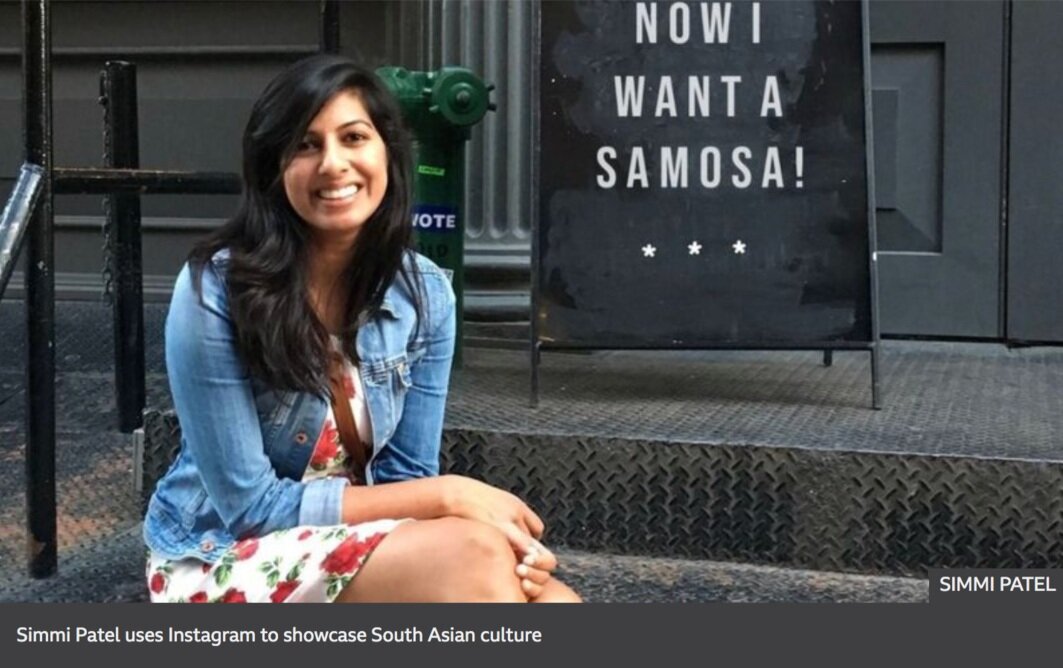South Asian Brown Girl Power
There was something about that graphic Roy Lichtenstein-inspired illustration that made me look twice. Granted, I’m Filipino and not of Indian or Indian-American descent. But catching a glimpse of artist Maria Qamar’s vibrant South Asian take on traditional Western comic books and modern art felt equal parts refreshing and irreverent. Like a modern feminist multicultural “KaPow!” (See what I did just there?) Where cultural identity, pop culture and brand building subtly blend to spark deeper conversations around diversity and global inclusion. I somehow felt “seen” just by seeing it, brown girl art created by – wait for it – Other Brown Girls. I was literally drawn to it, pun intended.
“It’s not just about South Asian women;
it includes those people with a rich history of immigration in their families – whether deliberate or forced because of colonisation and indentured slavery
and more. They have being brown in common.”
I don’t know how the BBC article came across my newsfeed on my iPhone, but it seemed to surface just as I was having a total fangirl crush on India and Indian culture as a whole. When I was little, I was mesmerized by our neighbors on Graham Street who hailed from Mumbai. I still remember seeing Mrs. Galani in her majestic swaths of sari fabric with gold accents shimmering in the sun as she emerged from her sandy-colored bungalow like a ‘70s Bollywood Carol Brady calling her sons to dinner as if from her dressing room door. (I had an active imagination as a young South East Asian brown girl living the dream in Toledo, Ohio…)
Image from @not_sari
Ohio’s own Bowling Green State University Professor Radhika Gajjala is researching how South Asians use digital media. Prof Gajjala says the symbolic use of the word “brown” connects people from diverse backgrounds to not only "bridge" different histories but to also bring to light what they have in common.
"These are the children and grandchildren of immigrants who want to connect with their roots of their culture but also show how they are very much part of popular millennial culture…”
I loved reading about the content creators behind the popular Instagram feeds that I was currently following, learning about Indian culture through the lens of Millennial makers and their gorgeous feeds. As a Filipino creative myself, so much of what they were sharing about their immigrant childhoods reflected my own first generation Filipino-American experience.
Image from @browngirlgang
”Brown is a colloquial term. I’m a brown person. It's helpful for people who don't want to use the word desi (Hindi for “native” or “belonging to the land”) as it's more inclusive. It can include people who are from Indo-Caribbean backgrounds or Sri Lankan or mixed or much more. It's a great term.”
Take proud Toronto-based Pranavi Suthagar, the visionary behind Not Sari a popular Instagram account selling hip hoodies, clothes, badges and streetwear.
Image from BBC News
"When I was growing up I'd make friends with other brown people. We had incredibly different backgrounds and came from different countries. Yet there were many similarities in the way we were brought up and the experiences shared.“
Image from @thecutepista
Professor Radhika Gajjala isn’t surprised by the rising brown girl moment, citing Bollywood icons deftly leveraging their own brand star power to shift media and perceptions. From Mindy Kaling, Lily Singh and Priyanka Chopra, there seemed to be more emerging modern multicultural women shaping their own path to success – personally, professionally and culturally. No longer seeing themselves as oppressed, controlled, and looking to white, Western culture for guidance, young South Asian women are using their voices and taking back their power in playfully modern, bold ways.
“It was about political convergence – this word (brown) brought people from different backgrounds together. They were being looked upon as ‘the other’ and this word erased the differences in history between these people who had always been looked upon as immigrants.”
"
Image from BBC News
UK-born Simmi Patel, an advertising copywriter who moved to the US as a child, draws on her Gujarati Kenyan Indian heritage for inspiration for her popular smile and meme-worthy Instagram account Paper.Samosa, where she serves up fresh cultural content for a new generation of Other Brown Girls.
”It needed to be something that tapped into this mixture of eastern and western culture that the young desi generation has access to. We're interested in pop culture and mixing up everything that's modern with our traditions."
Neha Gaonkar’s perspective, the artist behind The Cute Pista, who grew up in India and the UK and moved to Chicago 10 years ago, said it well:
"It's about trying to find a happy medium with such a rich mix of culture and immigration and travel in our heritage. It's about trying to find out where we fit in."
For more OBG South Asian inspiration and the full read, check out the BBC article here.
Image from @browngirlgang






